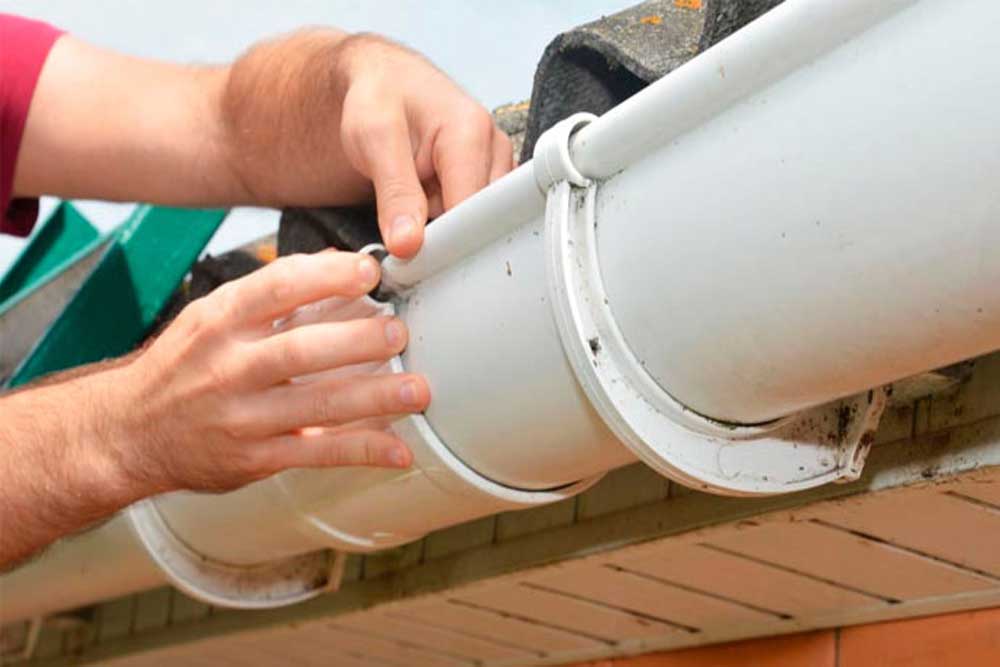
Over 100 million homes in the United States have crawl spaces, partial basements, or full basements. Sure, these underground areas are perfect for storm shelters, additional storage, extra bedrooms, or entertaining guests, but there are some things you should do to keep them safe.
Let’s face it. Water damage and dampness can take a toll on your home and lead to costly repair bills. Unlike fires which are catastrophic and pretty rare, water damage can go unnoticed for months or even years.
One fundamental way to protect your home from water damage and other issues is to waterproof the exterior. On average, about 60 percent of American homes have moisture or water issues, so we’ve compiled the following information to help with waterproofing your home exterior.
Foundation
Many homeowners believe that their foundation is solid concrete and, therefore, must be as solid as a rock. The truth is that concrete is prone to cracking, and even if you may not think so, concrete is porous.
The best way to protect your structure is to make your foundation or basement moisture-proof and waterproof. This process is generally done with the help of a dimpled membrane that’s designed to keep water away from your walls. At the same time, all concrete cracks should be filled with sealant to ensure that little upkeep is required in the future.
Roof
The roof is your home’s first line of protection against water intrusion. Unless you don’t mind buckets and pots collecting water all around your house, ensuring your roof is perfect is imperative.
Waterproofing your roof includes checking that all plumbing vents, skylights, and chimneys are sealed. But it also goes as far as replacing damaged shingles and ensuring they are sealed. If you live in a place with cold winters, make sure ice dams are not building up on your roof. These can prevent snow melt from running off, which leads to trapped water and costly damages.
Gutters
Though cleaning gutters is not the most glamorous of all household chores, it’s crucial to keep your gutters free of clogs and damage. When you allow debris such as sticks, dirt, and leaves to build up, the water has nowhere else to go but up and over the sides of your gutters. Eventually, this water flow can lead to foundational cracks, soil erosion, and other damage around your home. Therefore, it’s essential to clean your gutters and downspouts regularly and always fix gutter leakages as soon as they appear.
Exterior Walls
Much like your foundation, the concrete mix used to build your walls can also be combined with substances to offer waterproofing. Alternatively, some homes are wrapped with Typar or Tyvek, which are plastic sheets to protect your walls from moisture and water. Unfortunately, older buildings don’t have the same protections as modern homes, so be sure to hire a contractor to bring your walls up to modern times.
Doors and Windows
Wooden window and door frames swell in wet weather, and moisture can enter when they are improperly installed. The good news is that sealing them is easy with the help of silicone, but if they’re too bad, you’ll need to have new ones installed. And modernizing your home’s doors and windows doesn’t just waterproof them; it also adds to your overall energy efficiency and exterior aesthetics.
Closing Thoughts
Ultimately, water leaks can turn disastrous rather quickly. So, while waterproofing your home will cost money upfront, the truth is that it will actually save you more in the long run. Once your home is up to par, you will never have to worry about cracks in your foundation, exterior water damage, or ruined landscaping. So, come up with a plan and waterproof your home before it’s too late.
